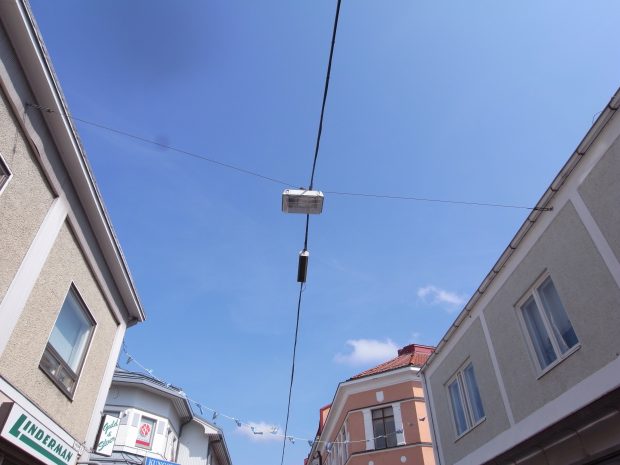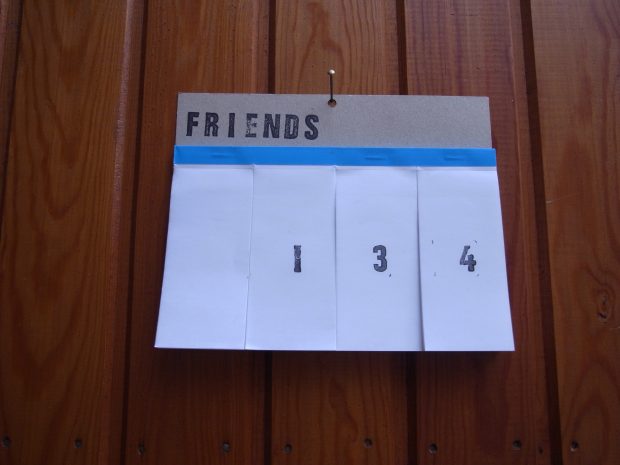In 2010 we were invited by Pro Artibus to spend two summer months responding and interacting with the small Finnish town of Ekenäs. Initial impressions and observations led us to an investigation into the notion of Finnish privacy, and the effect this condition has on local social structures and communicative patterns.
Intervention #3: Twitterstreet
Twitterstreet was a project that grew out of our frustrated search for the sites of social interaction in Ekenäs (we were seeing more hares than people), our inability to form friendships, and our subsequent interest in the particularities of Finnish privacy. Where could we find the sites of social interaction? Where could we make friends? Where could we access the private?
We began by inviting local residents to make friends with us on a new Facebook profile entitled Ankdamm Ekenäs (‘Duckpond Ekenäs’), the term used to describe how everybody in Ekenäs is somehow related to everybody else. Our Facebook page was linked to twitter and Jaiku profiles, bringing together the most commonly used online social networks in Finland. The newsfeed from these sites provided a selective snapshot of what everybody was doing, thinking, and feeling in the town, and how this was being communicated.
We introduced ourselves as artists exploring the way people interact with one another using social networks, and warned everybody that on Sunday the 22nd of August 2010 between 5pm and 7pm the live feed from our community would be broadcast along the main shopping street, the ‘Kungsgatan’, using the town’s loudspeaker system. Our ‘friends’ would be able to contribute to what is being read, or just come along and listen. We described the event as a kind of digital flash-mob, a temporary pirate radio station. In the space of three weeks we had 415 friends, 412 of whom we had never met before. A small counter was placed on our front door and updated each morning to show our increasing number of friends. 20 friends left us following repeated Facebook reminders, and a poster campaign advertising the event.
As we broadcast the live feed on the 22nd of August, read by Tuula Kleiman, it became apparent that not everybody had taken notice of our messages and intentions. A passing pedestrian sending a text message to their Facebook account heard her own words being broadcast onto the street. Her exclamation that, “some bitch is reading out my personal messages” (which was immediately repeated over the loudspeakers), kick-started an online discussion regarding Facebook, privacy and the legitimacy of our actions.
The text itself proved to be a beautifully absurd and fascinating mix of the personal and the commercial, revealing a form of minimalist disjointed communication, written in Swedish, Finnish and English.
The 2nd half (long pauses have been deleted)




